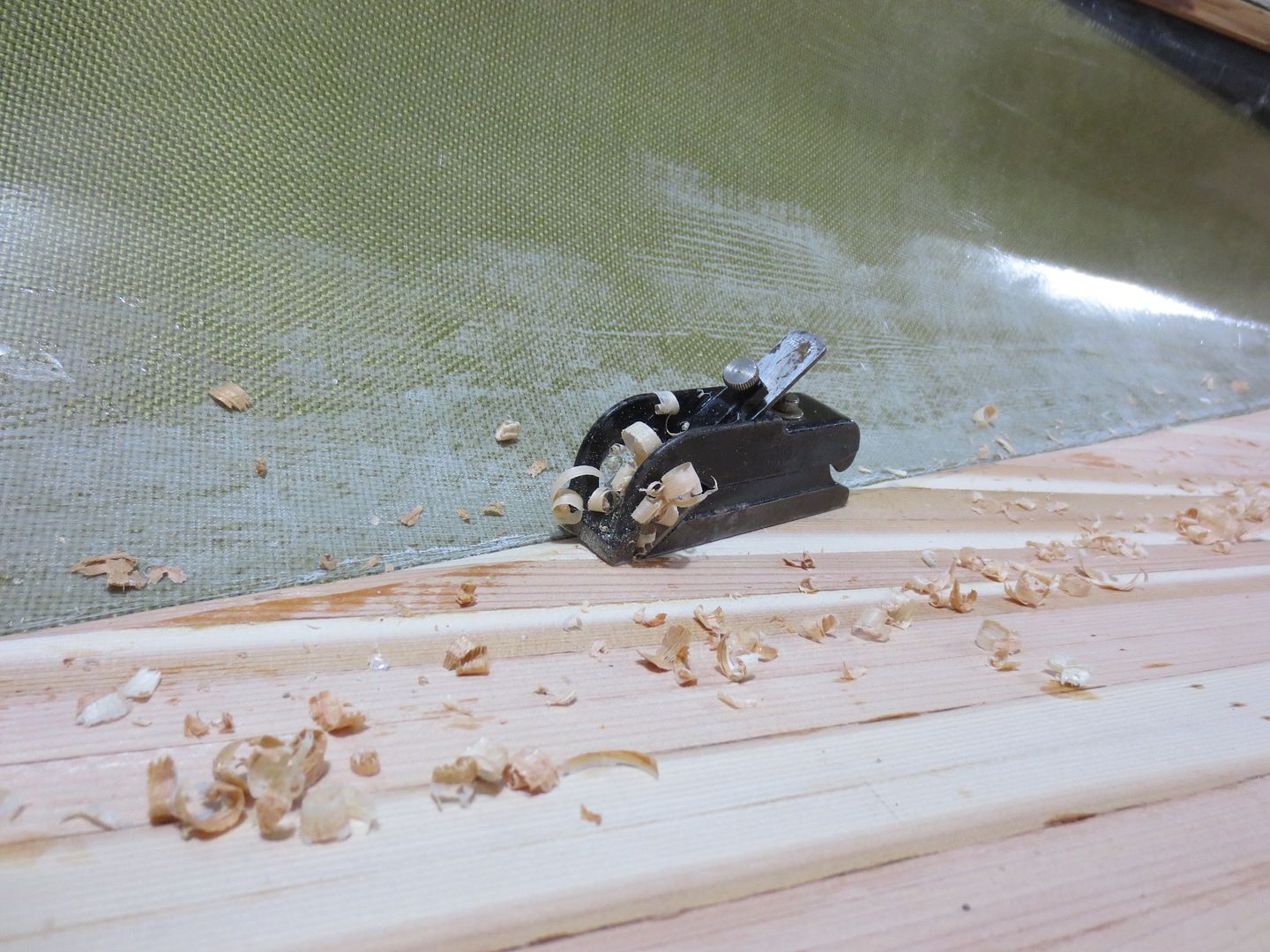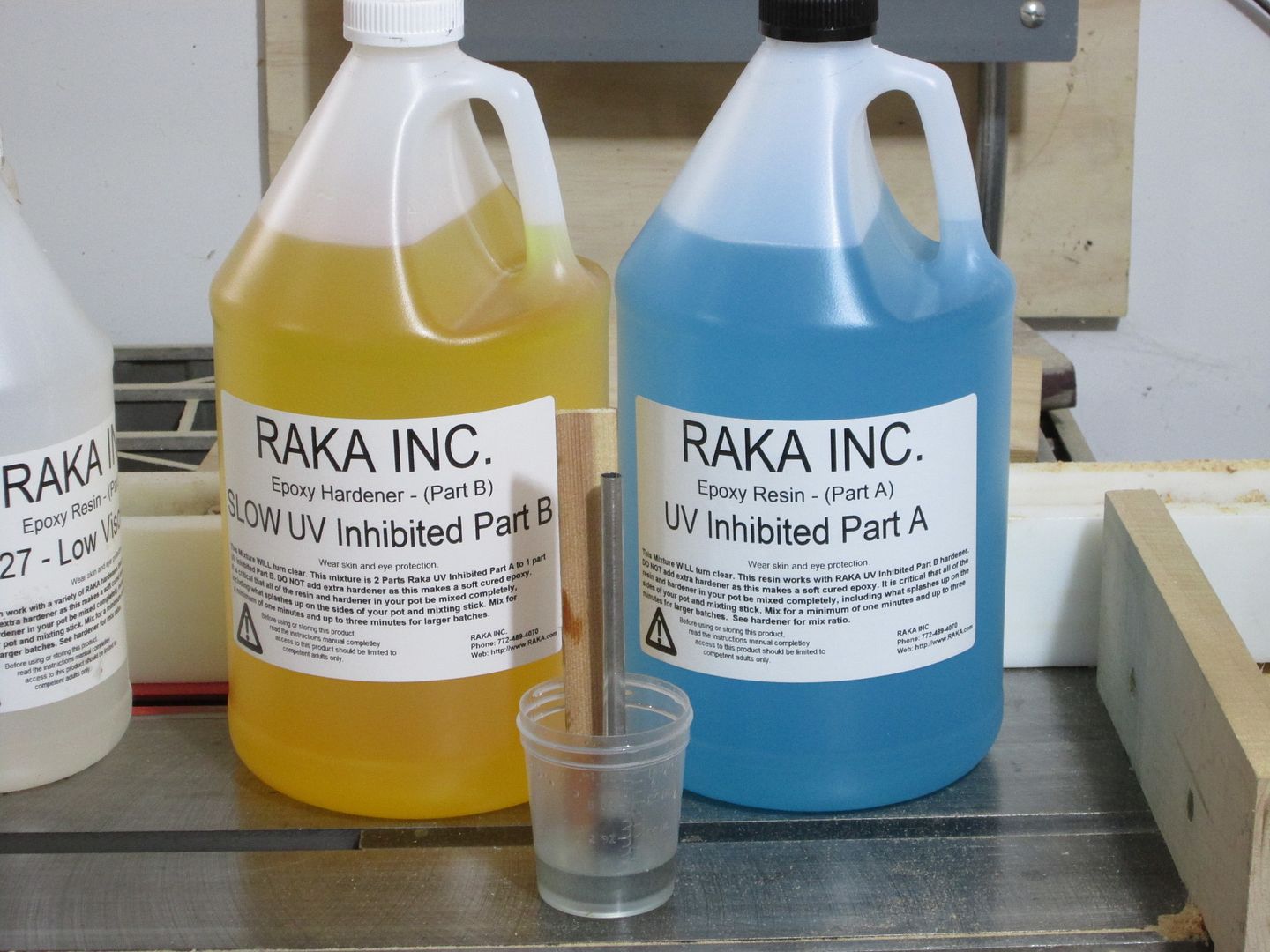Big can of worms ! Not really. Every builder will have their reasons, for different ways.
Me, I butt join the strips between the forms. The bead and cove makes it easy, and barely noticeable, if done right, and you just keep on stripping.
Scarfing planks is fine, so long as you can stagger the joints.
Say I need a 16' strip. If I spliced my planks at a little over 16', it would be tough to stagger the joints. Now if I made 18' spliced planks, I could stagger the joints better, but I would be wasting more wood, as I trimmed the ends.
Really it boils down to the builder !
Over the years, I prefer Butt joining the strip, on the forms.
That's a 2" clamp, and there is plenty of room to slip another strip between the jaws. Once the next strip is in place, I pull the clamp. The bead and cove holds everything in place, and you just keep stripping.
One does want to make these joints, where there is minimal stress on the strip !
Jim




